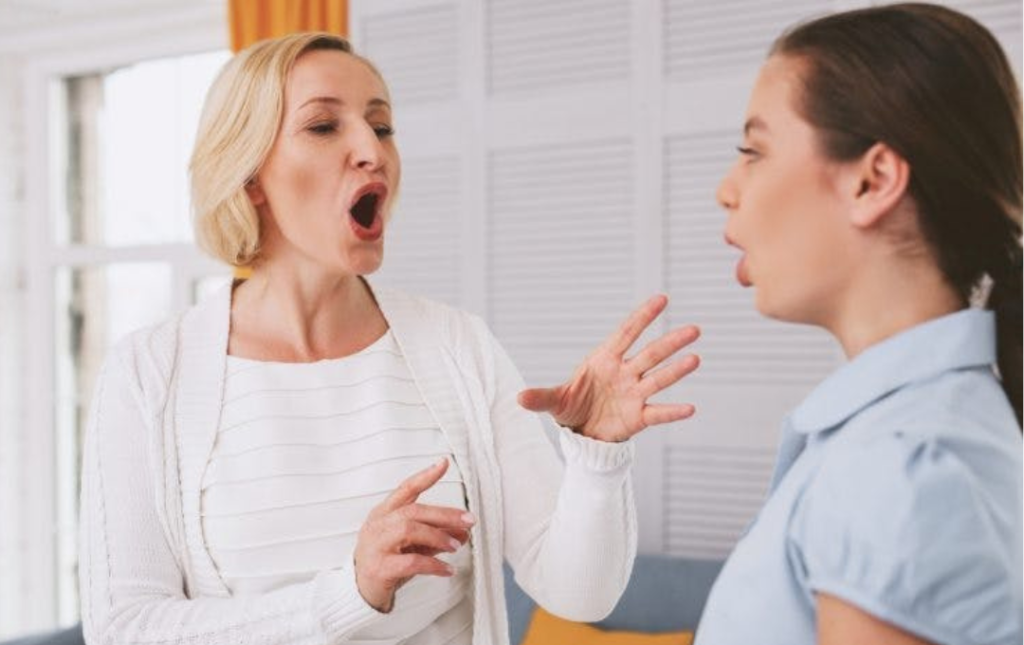A stroke, often referred to as a cerebrovascular accident, is a debilitating condition that can lead to a range of physical and cognitive challenges. One of the most significant issues stroke survivors face is difficulty with speech and communication, a condition known as aphasia. Stroke rehabilitation is a crucial aspect of recovery, and stroke rehabilitation speech therapy exercises play a vital role in improving communication skills and overall quality of life for stroke patients. In this article, we will explore the best speech therapy techniques and effective communication exercises that aid stroke survivors in regaining their ability to speak and communicate effectively.
Why are Speech Exercises for Stroke Patients Important?
Speech and communication are fundamental aspects of human interaction. When a stroke occurs, the part of the brain responsible for language processing may be affected, resulting in difficulties with speaking, understanding, and forming coherent sentences. Speech exercises for stroke patients are essential in helping them regain their lost abilities, rebuild neural connections, and improve their overall communication skills.
Different Speech Therapy Exercises for Stroke Rehabilitation
The various speech exercises for stroke patients that improve the condition of individuals with stroke include:
1. Articulation Exercises:
Articulation exercises focus on improving the clarity of speech sounds. Stroke survivors may experience difficulties in forming precise speech sounds due to muscle weakness or coordination issues. Speech therapists use exercises that involve the repetitive practice of specific sounds or syllables to strengthen the muscles responsible for articulation. These tend to be the best speech therapy techniques for stroke patients, helping individuals regain control over their tongue, lips, and vocal cords, leading to clearer speech.
2. Breathing and Vocalization Exercises:
Strokes can affect the muscles involved in breathing and vocalization, leading to reduced volume, pitch, and control of the voice. Breathing and vocalization exercises aim to strengthen the respiratory muscles and improve vocal cord coordination. These exercises include deep breathing exercises, humming, pitch glides, and sustained vowel sounds. They help stroke survivors regain their natural voice quality and projection.
3. Repetition Exercises:
Repetitive reading and storytelling exercises involve reading aloud or retelling stories. This helps stroke survivors improve their fluency, sentence structure, and overall language expression. Regular practice enhances cognitive processing, language organization, and speech rhythm, promoting better communication skills.

4. Language Comprehension Exercises:
Language comprehension exercises focus on improving a stroke survivor’s ability to understand spoken and written language. These speech therapy exercises for stroke survivors involve tasks such as following directions, answering questions, and identifying objects based on verbal descriptions. Speech therapists tailor these exercises to match the individual’s language abilities, gradually increasing the complexity as their comprehension skills improve.
5. Word Finding and Naming Exercises:
Many stroke survivors experience word-finding difficulties, where they struggle to recall specific words when speaking. Naming exercises involve showing pictures or describing objects and encouraging individuals to recall the appropriate names. These exercises stimulate the brain’s language centers and help rebuild connections necessary for word retrieval.
6. Aphasia Apps and Technology:
Advancements in technology have introduced various aphasia apps and software designed to aid stroke survivors in their speech therapy journey. These apps offer interactive exercises for language comprehension, articulation, vocabulary building, and more. They provide a convenient way for individuals to practice stroke rehabilitation speech therapy exercises at home or in therapy sessions.
7. Cognitive-Communication Exercises:
Stroke survivors may also experience cognitive challenges that impact their communication abilities. Cognitive-communication exercises target memory, attention, problem-solving, and reasoning skills. These effective communication exercises after stroke not only improve communication but also enhance overall cognitive functioning.
8. Melodic Intonation Therapy:
Melodic Intonation Therapy (MIT) is a specialized technique that uses the melodic aspects of speech to help stroke survivors with severe language impairments. This therapy leverages the brain’s preserved singing abilities to promote the retrieval of spoken language. By singing phrases or sentences with a rhythmic and melodic pattern, individuals can tap into different neural pathways and facilitate language production.
9. Oral Motor Exercises
Oral motor exercises focus on strengthening the muscles used for speech, chewing, and swallowing. These exercises involve movements like tongue protrusion, lip rounding, and cheek puffing. By improving oral muscle strength and coordination, stroke survivors can regain control over their articulatory movements, leading to clearer speech production.
10. Constraint-Induced Language Therapy:
Constraint-Induced Aphasia Therapy (CIAT) is an intensive treatment approach that encourages communication through intensive stroke recovery speech exercises while restricting the use of non-affected communication modalities. For instance, if a stroke survivor’s right arm is affected, the therapist might restrict the use of gestures and encourage verbal communication instead. This method motivates the brain to rely on the impaired language centers, thereby promoting language recovery.
11. Group Therapy and Social Interaction:
Communication is a social activity, and group therapy sessions can be beneficial for stroke survivors. Group settings provide opportunities to practice communication skills in real-life situations, engage in conversations, and receive feedback from peers and therapists. Group therapy fosters social interaction, boosts confidence, and helps individuals generalize their speech therapy progress to everyday communication scenarios.
12. Augmentative and Alternative Communication (AAC):
In cases where speech recovery is slow or limited, Augmentative and Alternative Communication (AAC) systems can be used. These systems include tools such as communication boards, speech-generating devices, and apps that allow individuals to communicate using symbols, pictures, or text-to-speech technology. AAC can bridge the communication gap during the recovery process and provide stroke survivors with a means to express themselves.
Conclusion
Stroke survivors often face significant challenges in regaining their speech and communication abilities. However, with the right speech exercises for stroke patients, remarkable progress can be achieved. Whether through articulation exercises, melodic intonation therapy, or communication games, stroke patients can work towards improving their speech clarity, fluency, and overall quality of life. The journey to effective communication after a stroke requires dedication, support, and the guidance of skilled speech therapists, ultimately leading to renewed confidence and a brighter future.
We are India’s first comprehensive continuum care provider. We provide multidisciplinary out of hospital care to acute and post-acute and chronically ill patients at our critical care facilities and your home.


